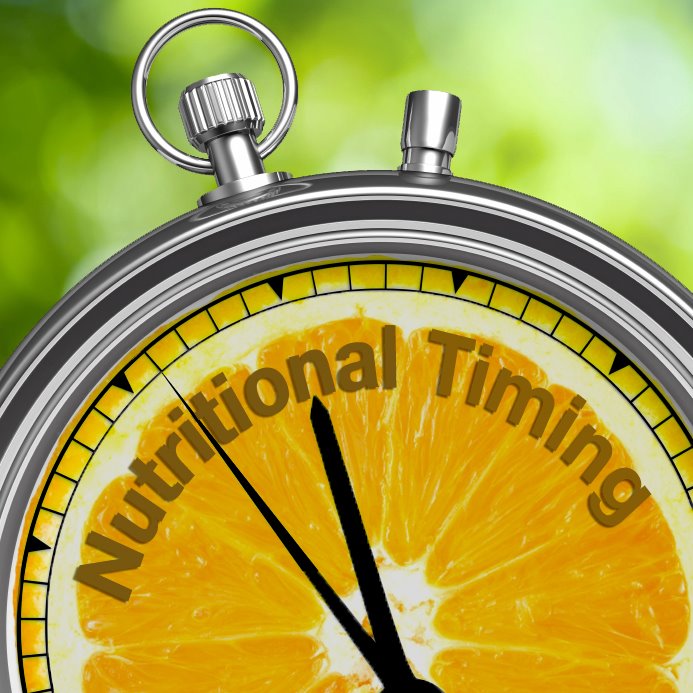
Nutritional Timing for the High-Intensity Athlete
Knowing your BMR, MET and Caloric Needs
For the last few weeks, we’ve been focusing on how carbohydrates, fats and proteins play a part in your nutritional blueprint and training. Now its time to dive into designing your own menu for peak performance and recovery.
Please be aware, that some of these calculations can be a bit confusing and time consuming. I suggest, if you’re not fond of crunching numbers, seeking out a professional nutritionist or CSCS to do the grunt work for you. I also highly recommend Nutrient Timing for Peak Performance by Heidi Skolnik, Andrea Chernus – Human Kinetics (2010) for sound and practical advice on food choices for athletes.
Your BMR
The first step in determining your particular sport needs is calculating your BMR.
Your BMR (basal metabolic rate) is the amount of calories your body needs just to carry out everyday activity (breathing, thinking, organ function, etc.) This number will serve as foundation to the rest of your caloric calculations. There are plenty of apps out there for this particular purpose.
Your MET
Each sport carries a specific MET or metabolic equivalent. “A MET is a more specific estimation of caloric expenditure… The MET value of each sport is based upon intensity.” (Nutritional Timing, p. 201) You’ll need to find out your MET (online, books) to see how hard you work during training and how much “gas” you need in the tank to supply it.
Your Caloric Needs
Once we find your BMI and MET, we can figure out, based upon hours trained, how many calories you will need to support your sport or activity.


